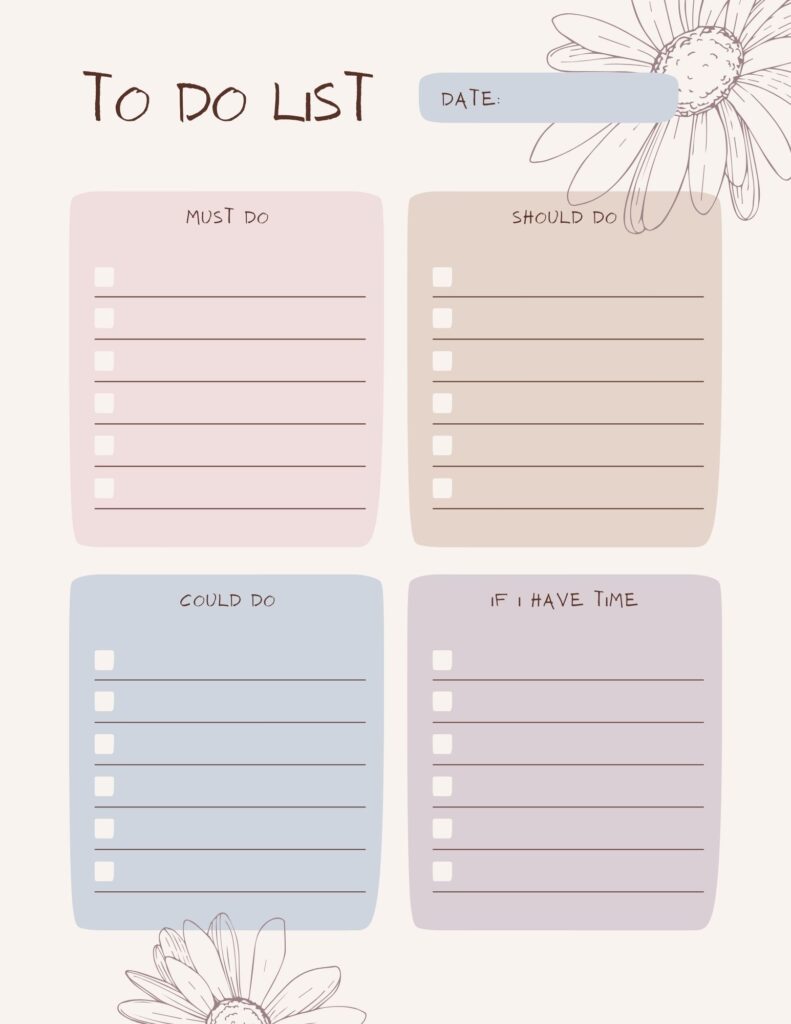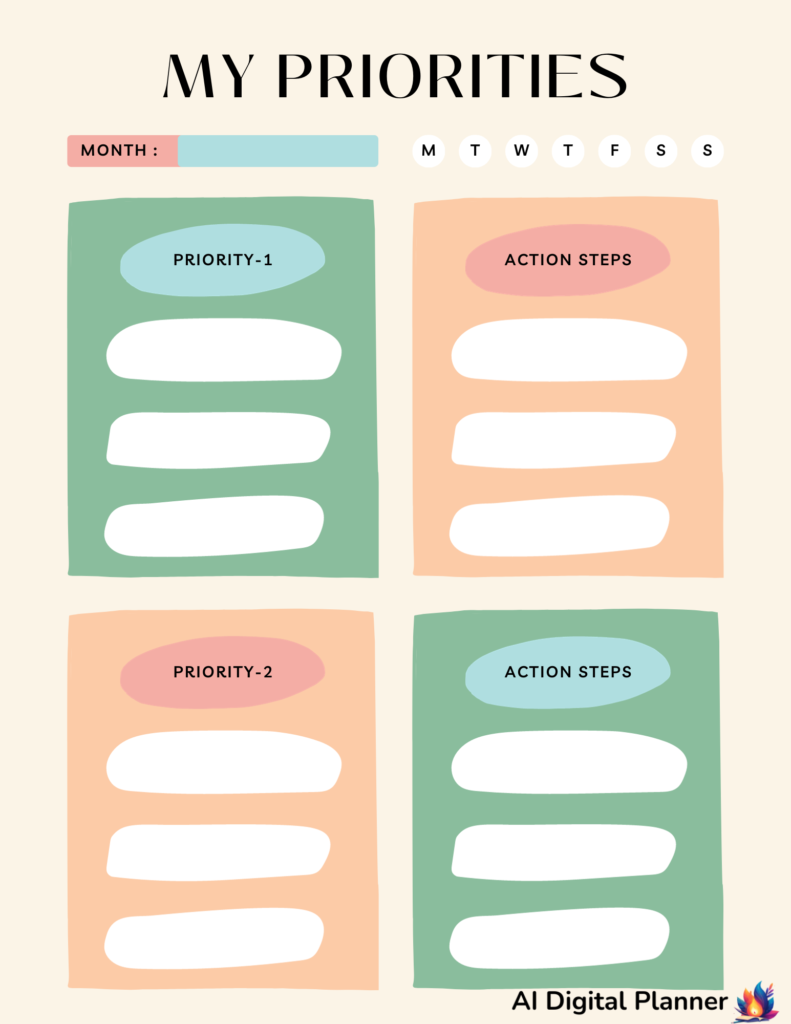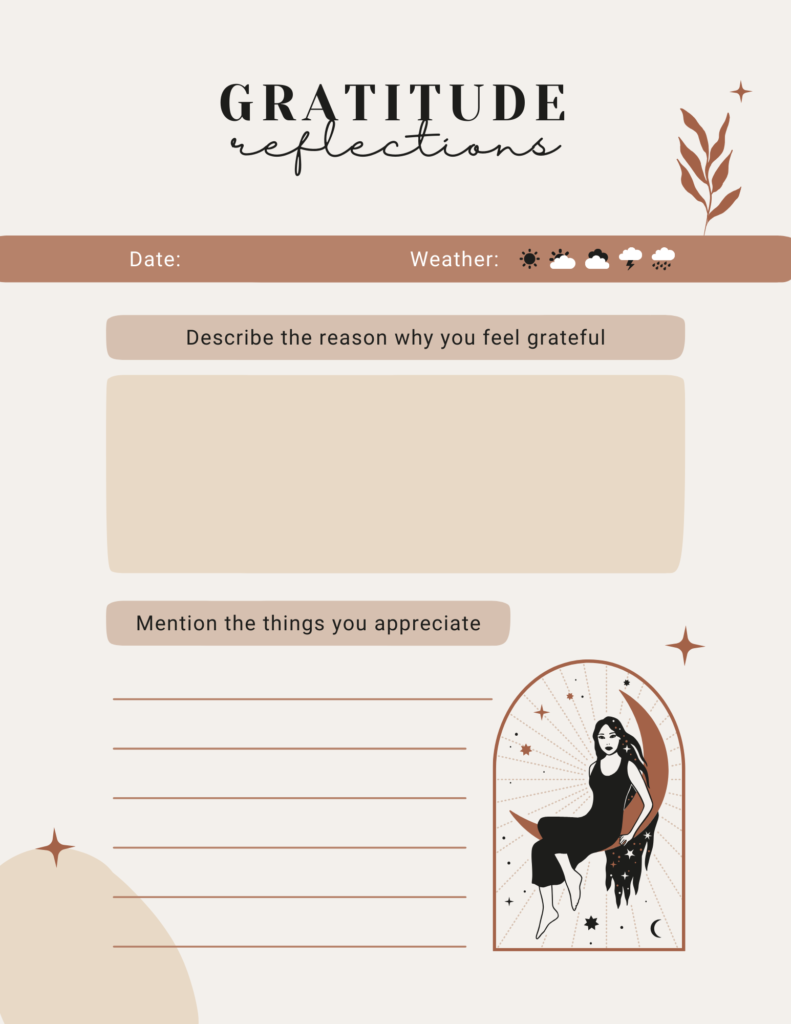In today’s fast-paced world, staying organized and efficient is more important than ever. That’s where Daily Planner Templates come into play. These template daily planner are not just about keeping track of your tasks; they are about maximizing your day, and ensuring that you are as productive as possible. Let’s dive into five essential Daily Planner Templates that can revolutionize the way you plan your day.
1. The Classic Hour-by-Hour Template Daily Planner Layout
The classic hour-by-hour layout is a popular format for organizing your daily schedule or agenda. It provides a clear and structured way to plan your day, allowing you to allocate specific tasks and appointments to different time slots. Here’s a typical example of a classic hour-by-hour layout:
In this layout:
- The day and date are usually mentioned at the top.
- The hours of the day are divided into time slots, typically starting from early morning (e.g., 6:00 AM) and ending at midnight (e.g., 11:00 PM or 12:00 AM).
- Each time slot has a blank space next to it where you can write down your tasks, appointments, or activities for that specific hour.
- You can use checkboxes, circles, or any other marking method to indicate completed or ongoing tasks.
- Some people also like to use colour-coding or additional notes to provide more context or details for each item on their schedule.
This layout helps you plan your day efficiently and ensures that you allocate your time effectively to different tasks and commitments. It’s a useful tool for time management and staying organized.
This template is a timeless choice for those who prefer a structured approach to their day. It allows you to allocate tasks and appointments down to the hour, ensuring that every minute is accounted for.

2. The To-Do List Hybrid
The “To-Do List Hybrid” is a time management and productivity technique that combines elements of a traditional to-do list with a schedule or calendar. It’s a flexible approach that helps you prioritize tasks and allocate specific time slots for accomplishing them. Here’s how it works:
- Create a To-Do List: Start by listing all the tasks, activities, and commitments you need to complete for the day. This list can include both work-related and personal tasks.
- Prioritize Tasks: After creating the to-do list, prioritize the items based on their importance and deadlines. You can use methods like the Eisenhower Matrix (quadrant system) to categorize tasks into four groups: urgent and important, important but not urgent, urgent but not important, and neither urgent nor important.
- Time Blocking: Now, take the prioritized tasks and allocate specific time blocks on your schedule or calendar for when you intend to work on them. You can use the classic hour-by-hour layout mentioned earlier for this purpose.
- Be Realistic: Ensure that your time allocations are realistic. Don’t overload your schedule with too many tasks in a short amount of time. Allow for some buffer time between tasks for breaks and unexpected interruptions.
- Review and Adjust: Throughout the day, refer to your schedule and to-do list. As you complete tasks, check them off your list, and adjust your schedule if necessary. If new tasks or priorities arise, you can adjust your schedule accordingly.
- Flexibility: The To-Do List Hybrid technique provides structure while also allowing for flexibility. If a task takes longer than expected, you can adjust your schedule. Likewise, if you finish tasks ahead of schedule, you have the option to move on to the next task or take a break.
- End-of-Day Review: At the end of the day, review what you accomplished and what’s left on your to-do list. You can then transfer any unfinished tasks to the next day’s schedule or reprioritize them.
This approach combines the benefits of a to-do list (clear task organization and prioritization) with the advantages of a schedule (time allocation and planning). It can help you stay focused, make better use of your time, and ensure that you address both urgent and important tasks while maintaining flexibility in your daily routine.

Image Suggestion: An image of a To-Do List Hybrid Daily Planner, highlighting different sections.
3. The Goal-Oriented Planner
The “Goal-Oriented Planner” is a time management and productivity approach centred around setting and achieving specific goals. This planner focuses on aligning your daily tasks and activities with your long-term objectives. Here’s how it typically works:
- Define Your Goals: Start by identifying your long-term goals and objectives. These could be related to your career, personal development, health and fitness, family, or any other aspect of your life.
- Break Down Your Goals: Once you’ve established your long-term goals, break them down into smaller, manageable tasks or milestones. These should be specific, measurable, achievable, relevant, and time-bound (SMART goals).
- Daily Goals: Each day, select a few goals or tasks from your list of milestones that you want to work on. These should be aligned with your long-term objectives.
- Prioritize Tasks: Prioritize your daily goals based on their importance and urgency. You can use methods like the Eisenhower Matrix to categorize tasks into quadrants (urgent/important, not urgent/important, urgent/not important, not urgent/not important) and focus on the most critical ones.
- Schedule Goal-Oriented Time Blocks: Allocate specific time blocks in your schedule dedicated to working on your daily goals. You can use the classic hour-by-hour layout or a time-blocking technique to do this.
- Track Progress: Regularly review your progress towards your goals. Consider using a goal-tracking system to see how you’re doing over time. Adjust your daily goals and priorities as needed.
- Reflect and Adjust: At the end of each day or week, reflect on what you accomplished and what could have been done better. Adjust your goals and strategies based on your reflections.
- Stay Flexible: While it’s essential to focus on your goals, stay flexible to accommodate unexpected changes or opportunities that may arise.
- Celebrate Achievements: Celebrate your achievements and milestones, no matter how small. This can help maintain motivation and a positive mindset.
- Long-Term Planning: Periodically revisit and revise your long-term goals. Ensure they are still relevant and meaningful to you. Adjust your daily goals accordingly.
The Goal-Oriented Planner approach ensures that your daily actions are purposeful and directly contribute to your broader aspirations. It encourages you to make progress toward your goals each day and helps you stay organized and focused on what truly matters. It’s a powerful tool for personal and professional growth and achieving the results you desire.

4. The Priority-Based Planner
The “Priority-Based Planner” is a time management and productivity system that emphasizes identifying and focusing on your highest-priority tasks and activities. This approach helps you manage your time and resources more effectively by concentrating on what matters most. Here’s how it typically works:
- Identify Priorities:
- Start by listing all the tasks, projects, and commitments you have.
- Evaluate each item’s importance and urgency. Some tasks may be important but not urgent, while others are urgent but not important.
- Categorize Tasks:
- Use a system to categorize your tasks and activities. A common method is the Eisenhower Matrix, which divides tasks into four categories:
- Urgent and Important: These are top priorities that need immediate attention.
- Important but Not Urgent: These are tasks that contribute to your long-term goals and should be scheduled.
- Urgent but Not Important: These tasks can often be delegated or minimized.
- Not Urgent and Not Important: These should be considered low-priority and possibly eliminated.
- Use a system to categorize your tasks and activities. A common method is the Eisenhower Matrix, which divides tasks into four categories:
- Set Clear Priorities:
- Focus on the tasks that fall into the “Urgent and Important” and “Important but Not Urgent” categories. These are your top priorities.
- Assign a priority level to each task or use a numbering system to rank them based on their significance.
- Create a Priority-Based Task List:
- Create a list of tasks, projects, and activities based on their priority levels.
- Ensure that your daily or weekly to-do list primarily consists of high-priority items.
- Allocate Time Blocks:
- Schedule specific time blocks for working on your high-priority tasks. Use a calendar or schedule layout to allocate time slots for these tasks.
- Protect Your Priority Time:
- Treat your priority tasks with the same respect as meetings or appointments. Avoid unnecessary interruptions during these time blocks.
- Monitor and Adjust:
- Continuously monitor your progress and adjust your priorities as necessary. As you complete tasks, replace them with new high-priority items.
- Regular Review:
- Conduct regular reviews to ensure you’re aligning your daily activities with your overarching goals and priorities.
- Practice Discipline:
- Stick to your priority-based planner as closely as possible, and avoid getting sidetracked by low-priority or time-wasting activities.
- Flexibility:
- While prioritizing is crucial, remain flexible to adapt to changing circumstances and unexpected events.
The Priority-Based Planner helps you concentrate your time and energy on tasks that have the most significant impact on your personal and professional life. It encourages you to make deliberate choices about how you use your time and ensures that you focus on what truly matters.

5. The Reflection and Gratitude Planner
The “Reflection and Gratitude Planner” is a journaling and planning approach designed to promote self-awareness, mindfulness, and a positive mindset. This planner encourages you to reflect on your experiences, express gratitude for the things in your life, and set intentions for the future. Here’s how it typically works:
- Daily Reflection:
- Start each day by reflecting on the previous day or the day ahead. This reflection can include your thoughts, feelings, accomplishments, and challenges.
- Express Gratitude:
- Dedicate a section to express gratitude. Write down the things you are thankful for, both big and small. This practice helps cultivate a positive outlook.
- Set Daily Intentions:
- Outline your intentions for the day. What do you hope to achieve or experience? Setting intentions helps you stay focused and purposeful.
- Prioritize Tasks:
- List your tasks and priorities for the day. Organize them by importance and urgency, and allocate time to work on them if desired.
- Mindful Journaling:
- Throughout the day, jot down thoughts, insights, or notable moments. This can include personal reflections, observations, or anything that comes to mind.
- End-of-Day Reflection:
- At the end of the day, review your intentions and reflect on whether you achieved them. Acknowledge any successes, no matter how small, and consider any lessons learned from challenges.
- Evening Gratitude:
- Take a moment to express gratitude again, focusing on the positive aspects of your day. Reflect on the people, experiences, or opportunities you appreciate.
- Set Future Goals:
- Consider your long-term goals and aspirations. Write down steps you can take to work towards these goals.
- Weekly or Monthly Reviews:
- At the end of the week or month, conduct a more comprehensive review. Reflect on your progress, assess your achievements, and make adjustments to your goals and intentions.
- Adapt and Evolve:
- As you continue with the Reflection and Gratitude Planner, you may notice patterns in your reflections and gratitude expressions. Use this insight to adapt your goals and priorities over time.
Benefits of the Reflection and Gratitude Planner:
- Promotes self-awareness: Encourages you to reflect on your thoughts, emotions, and actions.
- Cultivates gratitude: Helps you appreciate the positive aspects of your life.
- Supports mindfulness: Keeps you present and engaged in your daily experiences.
- Fosters goal setting: Allows you to set and track progress towards your long-term goals.
- Encourages positivity: Shifts your focus towards the good in your life, fostering a more optimistic mindset.
This planner is a holistic approach to personal growth and well-being, combining aspects of journaling, mindfulness, and planning to help you lead a more purposeful and positive life.

Conclusion
Incorporating these Daily Planner Templates into your routine can significantly impact your productivity and overall organization. Each template offers a unique approach to planning, catering to different needs and preferences. By choosing the right one for you, you can make the most of each day.
Explore more on aidailyplanner.com for additional resources and tips on effective planning and productivity.









Leave a reply